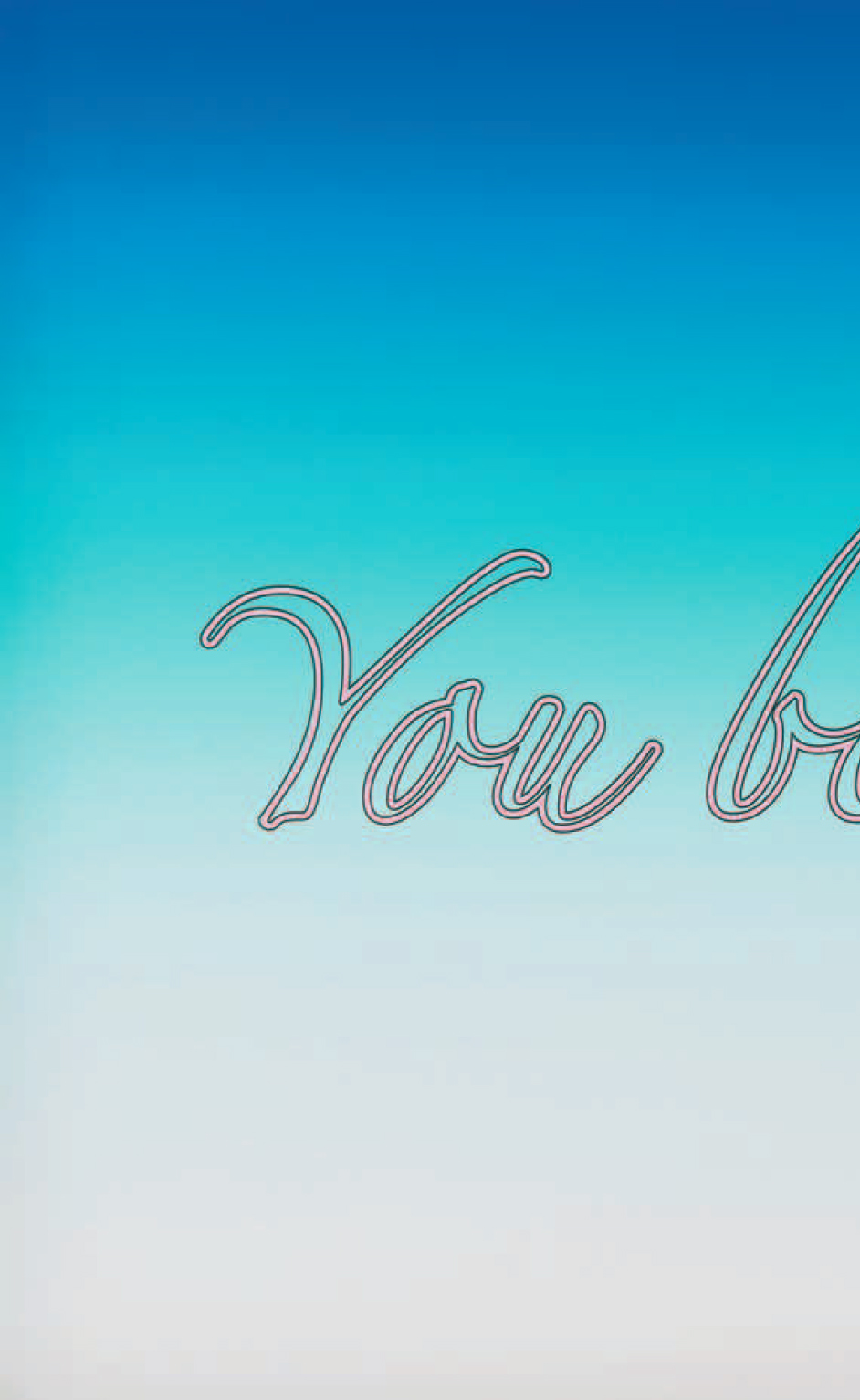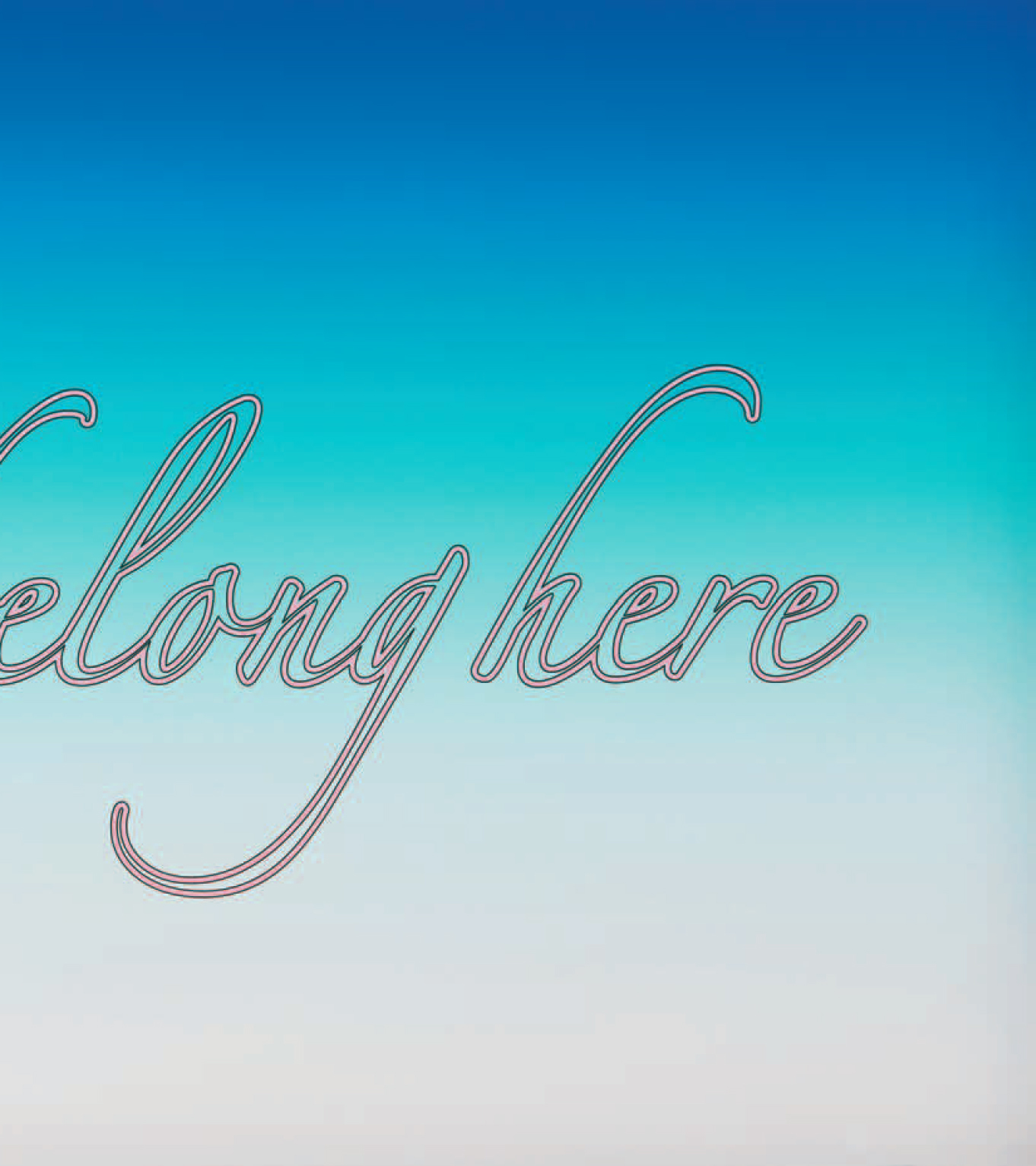Creativity During the COVID-19 Pandemic
By Diana Ayton-Shenker
Chief Executive Officer, Leonardo, the International Society for the Arts, Sciences and Technology
After 18 time-warped months of COVID-19, creative responses are still unfolding and gaining momentum. In a sense, efforts to understand and chronicle creativity during the pandemic are simultaneously premature, impossible, and imperative. It’s too soon and we cannot wait. This jarring combination somehow parallels the tenor of this time, simultaneously surreal, unreal, and hyperreal. How can such contradictory qualities converge at once? This is among the fundamental questions confounding and provoking artists in their creative response to COVID-19.
While recognizing that creativity during COVID-19 is still a work in progress, several attempts to capture creative responses suggest emerging and recurring themes of resilience, healing, and transformation. Virtually all demonstrate the heightened need for collaboration between art and science in an interconnected world facing a syndemic of global, if not existential, challenges.
The Cultural Programs of the National Academy of Sciences’ online survey of creative responses to COVID-19 offers an illustrative example of deep collaboration between trusted partners, in this case with Issues in Science and Technology journal and Leonardo, the International Society for the Arts, Sciences and Technology. It also offers lessons to expand access by casting a wider net and inviting lesser known or unexpected collaborators. Enhanced data visualization and search tools will also improve access and analysis of the findings. Additionally, extending the project on a longer-term or ongoing basis would accommodate the reality of creative response timelines, and offer survey results as an opportunity or field mapping tool for donors, investors, or curators. Although intended as a creativity time capsule of this historic moment, capturing creative responses may serve as a critical forecasting tool to plan ahead.
Taking a global focus, the World Health Organization (WHO) collaborated with Create2030 to offer another repository of creativity during the pandemic, the “Solidarity Show: COVID-19 Art Gallery.” This initiative presents an online platform for an evolving collection of works contributed by artists around the world using art “to educate, dispel myths and create a historical narrative of this unique time in history.” The digital exhibition experiments with innovative access-enabling technology, user-friendly navigation, and operational elasticity as the show continues to evolve. Similar digital platforms have emerged while physical galleries and museums closed, opening up new spaces to experience net-friendly or net-native art. Collaborative in design and execution, international projects like We=Link, Ars Electronica 2020’s In Kepler’s Gardens, and the Lumen Foundation 2020 Prize Exhibition explore how we share, show, and celebrate creativity during the pandemic.
In co-designing an inquiry-based learning lab, ArtScience: COVID Response, offered in January 2021 at Arizona State University, my fellow professor, Nobel laureate Leland Hartwell, commented on how compelling if not strange it is to consider responses to Covid while still in the midst of the raging pandemic. We structured the lab around the “5 Cs” of creative practice central to both art and science: creative Content generation, Collaboration, Communication, Contemplation, Critique. Learning from and with the students, two additional Cs arose in the creative response to COVID-19: Curiosity and Compassion.
Curiosity, as the engine driving art and science, is key to what author Natalie Nixon offers as a definition of creativity in her book The Creativity Leap: Unleash Curiosity, Improvisation, and Intuition at Work: “the ability to toggle between rigor and wonder.” The rigor of scientific and artistic practice sparks creative inspiration when combined with the state of wonder. If curiosity is an artery of creativity, compassion is its heart. Compassion fueled by curiosity motivated students to explore how creative responses to COVID-19 offer healing, in particular for mental illness. Without exception, all students who chose the option of creating original artwork as an outcome of the Lab, focused on the theme of mental health, addressing issues of anxiety, depression, and suicide. Creative responses to COVID-19 are still wrestling with its enormous toll on mental health, compounded by the anguish of racial reckoning following the murder of George Floyd; related confrontations with social injustice, economic inequity, political volatility; and cascading threats from an escalating climate crisis. The epidemic of mental distress and illness has skyrocketed up to 4.5 times the incidence of pre-COVID-19 rates. According to data from the company Statista, among U.S. adults in 2020, anxiety rose from 8.26% to 36.9% of the population; depression rose from 6.6% to 30.2%. This is not lost on creative responses to COVID-19.
Compassion on a larger scale seemed to spontaneously erupt in creative responses to support frontline medical workers. In the early months of COVID-19, across cities around the world, thousands of people came out at the end of each day to cheer on healthcare workers by singing, shouting, banging pots and pans from their rooftops, balconies, and windows. These reclaimed and redefined happy hour rituals became a kind of pop-up, public art performance. They gave testament to the power of creativity, not as the exclusive—and excluding—domain of those privileged with talent or good fortune in the formal art world, rather the irrepressible force of creative expression awakened and accessible in everyone. It lifted people’s spirits. This is the power of creativity: to transform, uplift, inspire, provoke, and illuminate, with compassion, rigor, and wonder. Part of the power of
this creative response was the collective vehicle it offered to express gratitude, amplify hope, and share joy. Creative responses like this provide outlets for “collective effervescence,” described by Wharton professor Adam Grant as the shared experience of joy that punctures the loneliness and isolation of lockdown.
Creative responses to COVID-19 also span social practices of resilience that will continue to be essential for post-pandemic healing and recovery. The WHO’s recent scoping review of 3,000 studies concludes that the integration and public art provide vital public health benefits across large populations and diverse communities. Not only does creativity promote mental and physical wellness, it also helps address health inequities, including the systemic fissures and fault lines exacerbated and exposed by the pandemic. Creative collaboration between art and science unleashes the best of human ingenuity and imagination needed for social good. Looking ahead, artists who have been especially hard hit by the pandemic will need new and renewed support, and income. This is a moment to reimagine and disrupt outdated, inefficient, unsustainable business models and mindsets of cultural practice. Accordingly, creative responses include economic experiments with NFTs, cryptocurrency, blockchain, and universal base income for artists. Along with other creative private practices and public policies, these initiatives could help shape a post-COVID-19 creativity ecosystem and much needed infrastructure for the growing creative economy. While the UN recognizes 2021 as the International Year of Creative Economy for Sustainable Development, activating a creative ecosystem is a multi-year, long-term, and ongoing enterprise to enable creative responses to COVID-19 and other global crises.
Finally, the creative response to COVID-19 has seeded a movement to “Build Back Creative,” perhaps serving as a precursor to “Build Forward Creative,” a massive joint venture requiring active participation and inclusion of all creative sectors. Even the pervasive tagline in email signatures, “we’re all in this together,” drives home the collective imperative of collaboration reflected in creativity during the pandemic. Ultimately, creative responses to COVID-19 demonstrate collaborative resilience and healing from the pandemic; they also show that creativity will be transformative in how we build forward and shape our global future, even as it continues to unfold.
Diana Ayton-Shenker, in addition to her CEO role at Leonardo, is the executive director, Arizona State University-Leonardo Initiative, and a professor of practice at Arizona State University’s School for the Future of Innovation in Society and School of Arts, Media, & Engineering.

You Belong Here (Silkscreen), 2019
Pigment on moab paper
24 x 36 inches
Tavares Strachan’s artistic practice explores the intersections of art, science, and politics, offering uniquely synthesized points of view on the cultural dynamics of scientific knowledge. Aeronautics, astronomy, deep-sea exploration, and extreme climatology are some of the thematic arenas out of which Strachan creates monumental allegories that tell of cultural displacement, human aspiration, and mortal limitation. His text-based works are an anthem for our political and cultural moment, and his lexicon an effort to mobilize community and societal change.







